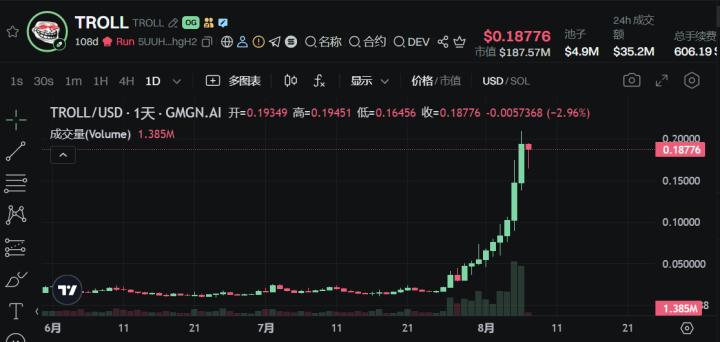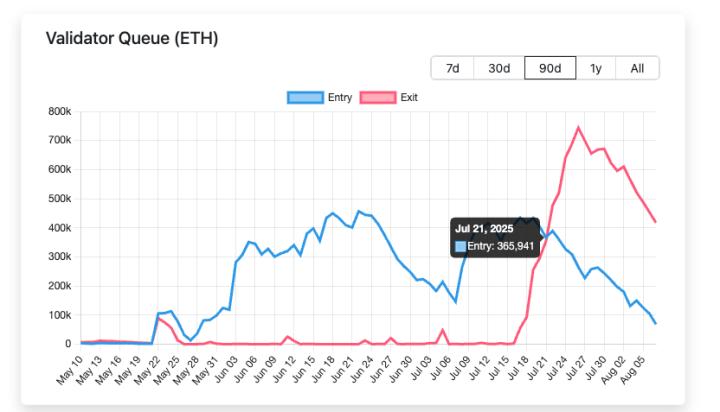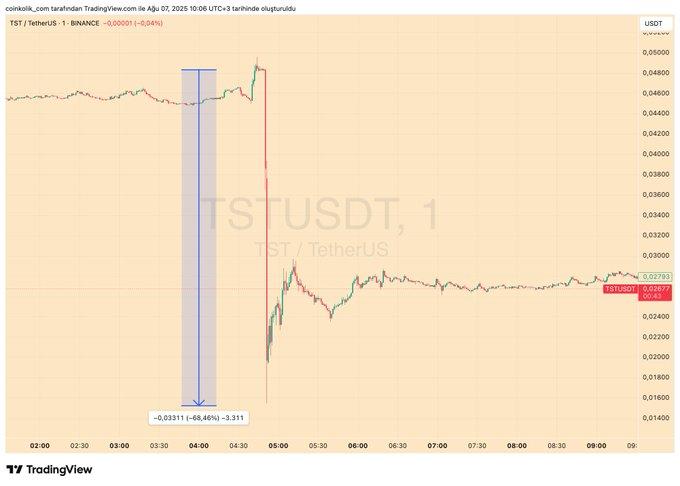This week, Tether CEO Paolo Ardoino engaged in an in-depth dialogue with American entrepreneur and Professional Capital Management founder and CEO Anthony Pomplian, discussing Tether's strategy for entering the US market, plans to launch a US domestic stablecoin, and exploring areas such as AI, gold, and brain-machine interfaces. Paolo Ardoino also issued a warning about over-leveraged Bitcoin treasury companies.
The author has distilled and organized the following key points:
What are Tether's plans in the United States?
Paolo Ardoino: The recently passed Genius Act is driving Tether to explore the US market and creating a fair competitive environment for all other financial institutions. Tether holds over $127 billion in US Treasury bonds, recently surpassing South Korea to become the 18th largest US Treasury bondholder, and is expected to surpass another country by the end of the year. Although it sounds crazy compared to countries, this is the fact.
We might be one of the best allies of the United States. Tether plans to launch a domestic stablecoin in the US. At that time, US banks and financial institutions will also collaborate with Tether, leveraging Tether's global distribution network to expand new customers and revenue sources.
For example, Nigeria's financial infrastructure efficiency is between 10% and 20%, while in the US, this figure is 90%, almost perfect. Therefore, if Nigeria's financial transmission track quality can be improved to 50%, but in the US, it can only be raised from 90% to 95%. Since the number of underserved banking customers in the US is relatively small, Tether's product for the US market must be unique.
What is the difference between USDT and Tether's US domestic stablecoin?
Paolo Ardoino: USDT primarily serves emerging markets (such as Latin America, Africa, and Southeast Asia), helping local users bypass inefficient financial infrastructure, more like an international stablecoin. However, USDT may not perform optimally in the US market.
The US domestic stablecoin is designed specifically for the US market, optimizing user experience to adapt to the mature US financial system (such as collaborating with banks and improving payment efficiency).
In the future, hundreds of stablecoins may emerge in the US market. At that time, the experience of migrating from one stablecoin to another will become crucial, and user experience and distribution capabilities are precisely Tether's strengths.
In what aspects can stablecoin infrastructure/blockchain be improved or innovated?
Paolo Ardoino: User experience is the biggest limitation. You need a wallet, and the wallet must have sufficient gas fees to send stablecoins. Of course, account abstraction or other methods can be used, but it still cannot seamlessly pay gas fees with a stable value and instead requires using volatile assets (such as ETH) to pay. This part needs improvement.
Commodity traders are all-in on stablecoins, recognizing that stablecoins can improve portfolio efficiency profitability. The Genius Act will bring institutional-level adoption. Blockchains focused on stablecoins and settlement, interbank settlement, and inter-company settlement will have a huge advantage.
Tether+AI
Paolo Ardoino: QVAC is one of the projects I'm quite obsessed with. The idea behind it is to build a local AI reasoning and fine-tuning platform that can work anywhere, from embedded devices to smartphones, laptops, or servers. The smallest device can be a brain-machine interface, car, drone, or robot, which can also be taken to space or planets.
Therefore, AI must have lean, precise, modular, and localized characteristics. AI will be embedded in the structure of the universe itself in 20, 30, 100, or 10,000 years. Within the next five years, mobile GPU may be 10 times more powerful than today. We hope to build the first truly decentralized, unstoppable AI platform.
We are trying to mimic the brain, attempting to build an infinite, super-powerful data center. QVAC will allow everyone to build efficient, small local models and, through peer-to-peer technology, connect all these models without a main server or any central server, so you can execute queries and obtain the best answers across these models.
Tether will eventually build its own foundational model, but first, it will construct a platform that can execute any model, whether local or remote. Local inference is also a primary focus, and we are still researching peer-to-peer joint reasoning.
How to view Gold and Bitcoin?
Paolo Ardoino: I have said many times that nothing is better than Bitcoin. Bitcoin is perfect. Bitcoin holders mistakenly believe that gold is a competitor to Bitcoin, but that is not the case. If investors believe Bitcoin is at a market cycle peak and want to temporarily exit, exchanging Bitcoin for gold is more reasonable than exchanging for US dollars, because gold can better maintain purchasing power (US dollars may be eroded by inflation). If a global financial reset occurs within the next 5 years (such as the collapse of the fiat currency system), gold's $20 trillion market value (far exceeding Bitcoin's current scale) may make it a more traditionally accepted transitional asset, while Bitcoin needs time to expand its scale.
How to view Bitcoin Treasury Companies?
Paolo Ardoino affirmed the market role of Bitcoin treasury companies but also expressed concerns about some radical strategies (such as excessive leverage). Ultimately, the industry will go through reshuffling and integration.
Tether+ Brain-Computer Interface
Paolo Ardoino: At the end of April 2024, Tether invested $200 million in Blackrock Neurotech. Blackrock Neurotech has the best brain-computer interface technology, with a new generation of chips offering 100 times performance improvement. Blackrock Neurotech is headquartered in Utah, with a very lean team.
Blackrock Neurotech is committed to ensuring that brain-computer interface technology benefits and serves humans while preventing robots from replacing humans.
Views on the current macroeconomic situation?
Paolo Ardoino: The United States is currently in a very strong position and is optimistic about the global trend of US dollar stablecoins. The US has achieved its own interests through tariff policies, and although this may have negative impacts on other countries, it has a significant short-term boost to the US economy. Europe started early in digital asset regulation but has been ineffective, failing to seize technological opportunities to expand the global influence of the euro. The currencies of poor countries will depreciate, and economic vulnerability will increase, while tools like USDT provide a "Plan B" for people in these regions, mitigating the impact of local currency fluctuations. Tether is not only investing in gold but also venturing into land and agriculture, AI, brain-computer interfaces, and other fields.







